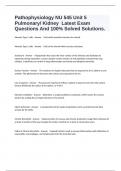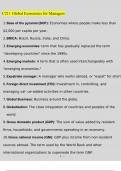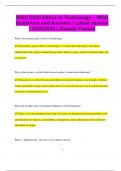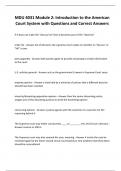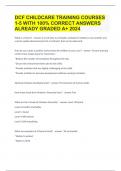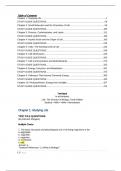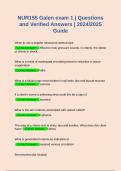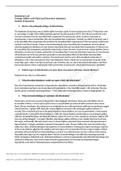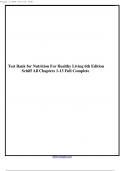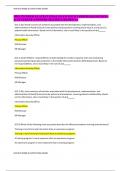Exam (elaborations)
Pathophysiology NU 545 Unit 5 Pulmonary/ Kidney Latest Exam Questions And 100% Solved Solutions.
- Course
- Institution
Alveolar Type 1 cells - Answer Cells which provides structure for alveoli. Alveolar Type 2 cells - Answer Cells of the alveoli which secrete surfactant. Surfactant - Answer A lipoprotein that coats the inner surface of the alveolus and facilitates its expansion during inspiration. Lo...
[Show more]
